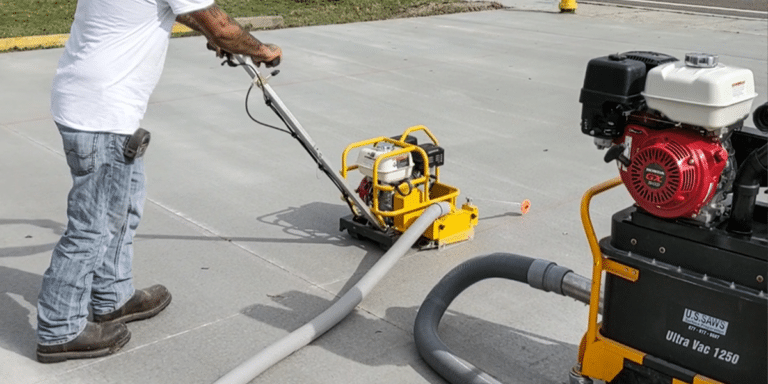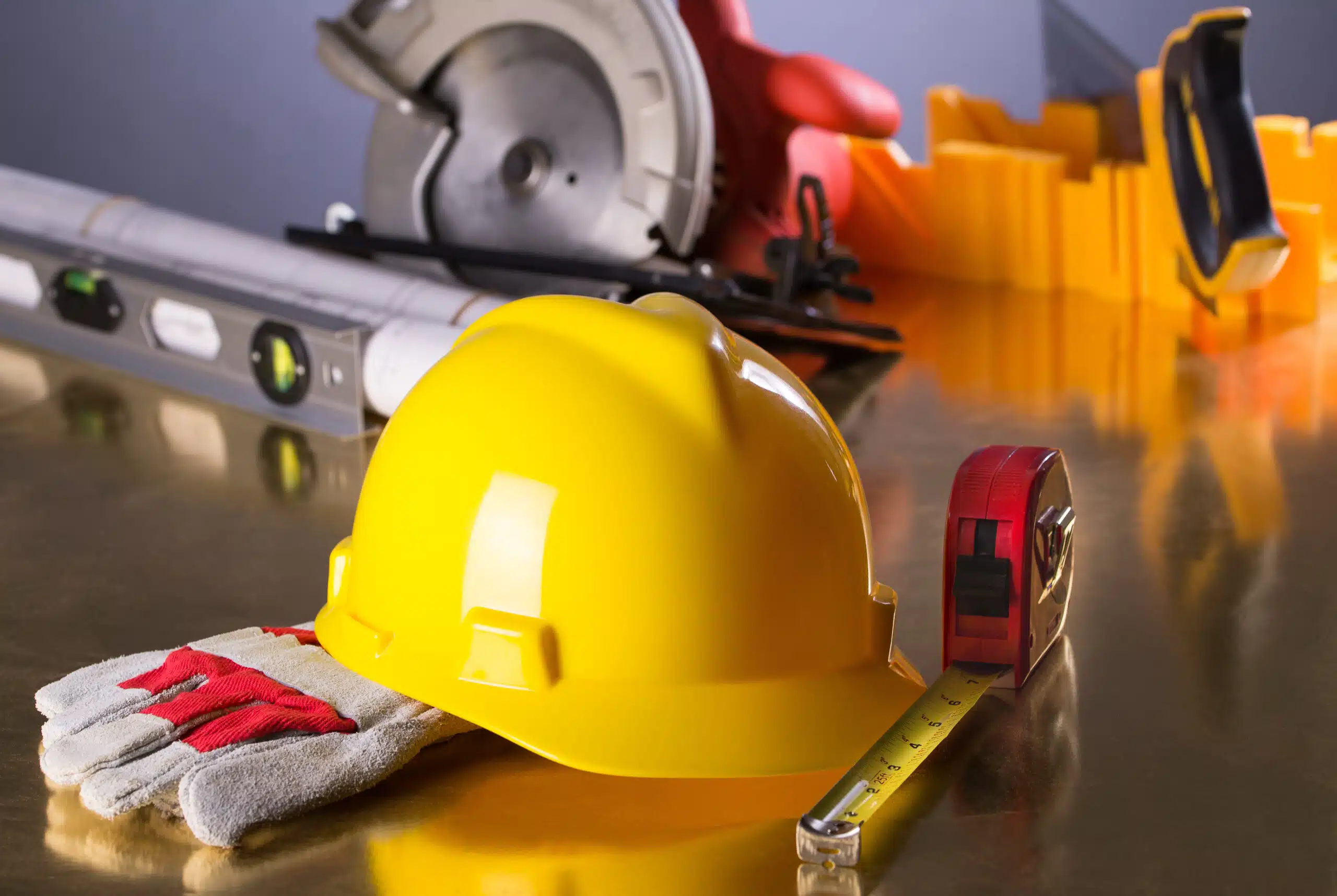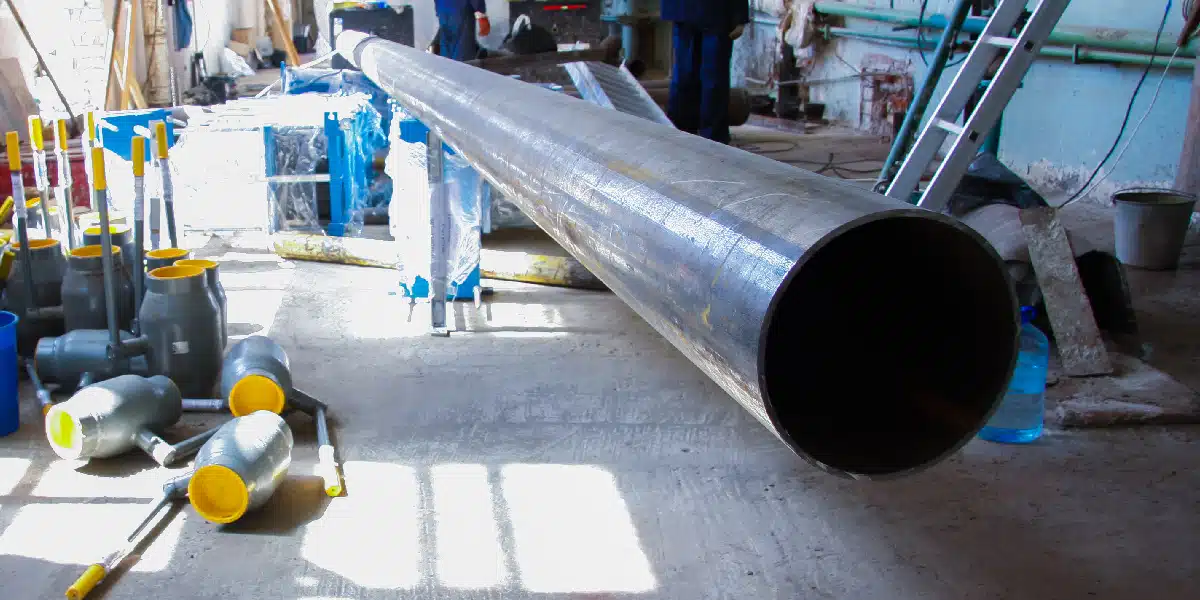From residential and industrial premises to underground municipal utility structures, concrete has proven time and time again to be a highly versatile medium. Concrete flooring, when prepared properly, can be polished to a sheen that is the focal point of a multi-million dollar penthouse. It can also be the wise choice for a cost-conscious business owner opening a new warehouse or the local utility department’s storm water structures. No matter the reason for the concrete, one thing is for certain, that concrete is going to need to be cut!
Installing Concrete
Concrete workers need to be cut for multiple reasons, including during the installation process, during the removal process, during the modification of existing concrete structures, and during repairs to municipal utility structures. Installing concrete is a lengthy process that requires the cutting of control joints into the concrete in order to control the cracking that occurs as the concrete dries. This is a natural process that is controlled by including forced cracks as part of the premises design instead of random uncontrollable cracks. The joints are installed using an early entry saw. These saws are typically used to cut control joints within one to two hours of concrete finishing, allowing those joints to be cut early without fear of uncontrolled cracks.
Removing Concrete
Many times, construction workers must remove existing concrete structures in order to alter the premises. Concrete slabs are thick and difficult to remove. One efficient way to get the removal process rolling is with a circular saw. Circular saws are able to cut into the concrete to a depth of about three inches. These cuts simplify the process for sledgehammers to break up the remaining concrete and finish the removal process.
Modifying Current Concrete Structures
As versatile and long lasting as concrete may be, it still requires maintenance and during renovation, modification. Modification of concrete flooring typically requires undergoing the installation process again, which requires the use of an early entry saw again. It is important to note that at this juncture, another saw, albeit non-concrete cutting, is a requirement. This is the joint clean out saw. Before new control joints can be created, the old ones need to be removed, which includes the removal of the epoxies used to fill those control joints.
Repairing and Maintaining Municipal Utility Structures
Underground utility workers understand just how important it is to have concrete cutting tools at their disposal. Known for having to work in awkward locations, many times under duress, utility workers commonly utilize concrete cutting tools like chainsaws to open gaps in concrete structures in order to maintain or perform repairs to existing structures. These structures are intentionally inconveniently constructed to deter non-utility workers from disturbing local water or sewage lines. These underground pipes need to be preserved from mainstream access. In doing so, manufacturers have developed tools to aid municipal workers, especially underground utility workers, to gain access to these difficult areas, including gas powered chainsaws for areas lacking electrical outlets and hand saws for those tight space jobs which may even be air-powered to protect the health of the utility worker.
Tips for Staying Safe While Cutting Concrete
Protecting the health of construction workers is crucial. Concrete cutting emits silica dust into the air of the surrounding workspace. This silica dust is toxic and has been proven to cause multiple health hazards to concrete workers. It is imperative that systems are put in place to remove the concrete cutting silica byproduct before it can be inhaled. The first precaution that can be taken is wet cutting the concrete as opposed to dry cutting. This is the easiest way to reduce the dust. A second way to protect workers from silica dust is through protective face coverings. These filter out the dust before it can reach the worker’s nasal passages. A third way to reduce silica dust during the concrete cutting process is through dust shrouds or dust collection systems that eliminate dust from the air immediately.
U.S. Saws is an innovator in the concrete tool industry. As concrete’s versatility gains popularity and its use becomes more prevalent in all aspects of society, U.S. Saws remains on the cutting edge of tool manufacturing for cutting concrete. Contact U.S. Saws today to find the concrete cutter to meet your specific needs.



